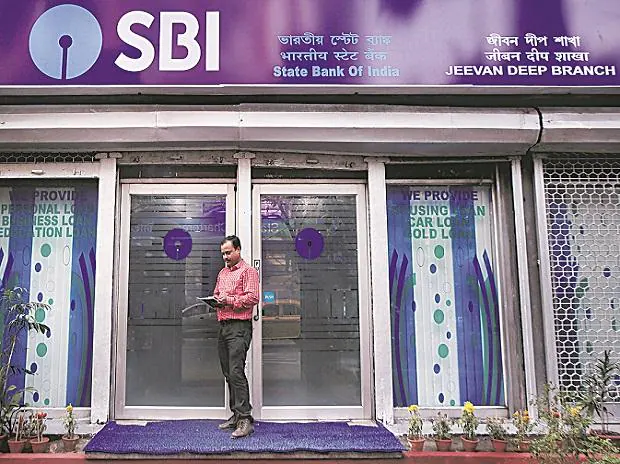[ad_1]
Global rating agency Standard and Poor’s (S&P) has affirmed State Bank of India’s long-term rating ‘BBB-‘ on improving asset quality.
It also affirmed the short-term issuer credit rating ‘A-3’ and maintained stable outlook for the rating.
“The country’s largest lender is likely to sustain improvements in asset quality, supported by India’s robust economic growth. The bank will maintain its strong market position and funding profile over the next 24 months”, the agency in a statement said.
“In base case, the bank’s weak loans (non-performing loans and restructured loans) will decline to 3.0-3.5 per cent of total loans over the next 12-18 months, from about 4.8 per cent as of June 30, 2022. SBI holds adequate provisioning of 70 per cent for the weak loans. Credit costs should remain at about one per cent over the forecast period”, S&P added.
Also Read: SBI reports 6.7% dip in standalone net profit at Rs 6,068 cr in Jun qtr
Pandemic-related weak loans are unlikely to disrupt these improvements. This is given that the restructured loans are small at about one per cent of total loans.
It can absorb the impact of higher inflation and interest rates. The small and midsize enterprise (SME) sector and low-income households are vulnerable to rising interest rates and high inflation. However, in the base case of moderate interest-rate hikes, these risks are limited for SBI. The lender has a diversified loan book with a large share of customers from the government-owned or government-employed sectors. This should limit credit stress on its portfolio.
Referring to the capital adequacy of the bank, S&P said, “SBI’s capitalisation could weaken in the absence of additional common equity capital.”
Its risk-adjusted capital (RAC) ratio is expected to dip below five per cent 5 by March 2025 due to a strong pick-up in credit growth to 13 per cent-14 per cent amid a robust economic recovery. RAC ratio of public sector bank was 5.2 per cent at the end of March 2022.
SBI’s earnings are estimated to improve on the back of higher growth and margins, although marked-to-market losses on its investment book could offset some of the benefits. Its return on assets is estimated to be 0.8-0.9 per cent for the next two years, higher than the 0.7 per cent reported in fiscal 2022.
Earnings improvements will likely not be sufficient to sustain a RAC ratio of above five per cent in the absence of additional common equity capital to fund strong credit growth. Although SBI’s earnings could get some uplift from stake sales in subsidiaries, the timing and quantity of profits from such sales are uncertain.
While SBI plans to raise additional Tier-1 debt, it is unlikely to be counted as equity. This is because of the expectation that the government of India will intervene to prevent these instruments from absorbing losses. This treatment is applied to all public-sector banks in India, but not to private-sector banks. This is given the government’s differential intervention in the past.
As of June 30, 2022, additional Tier-1 debt formed 1.4 per cent of the bank’s reported risk-weighted assets on a consolidated basis.
[ad_2]
Source link



